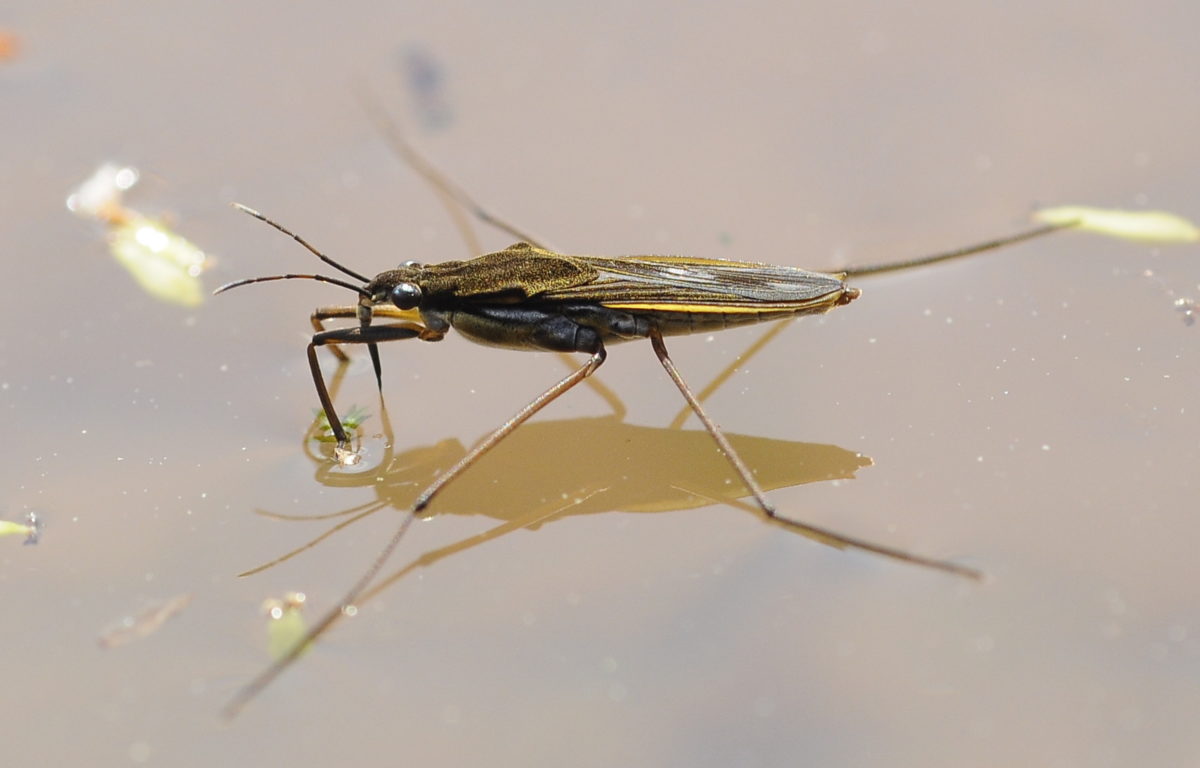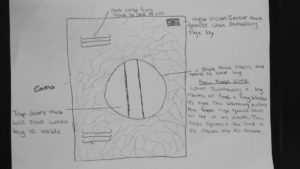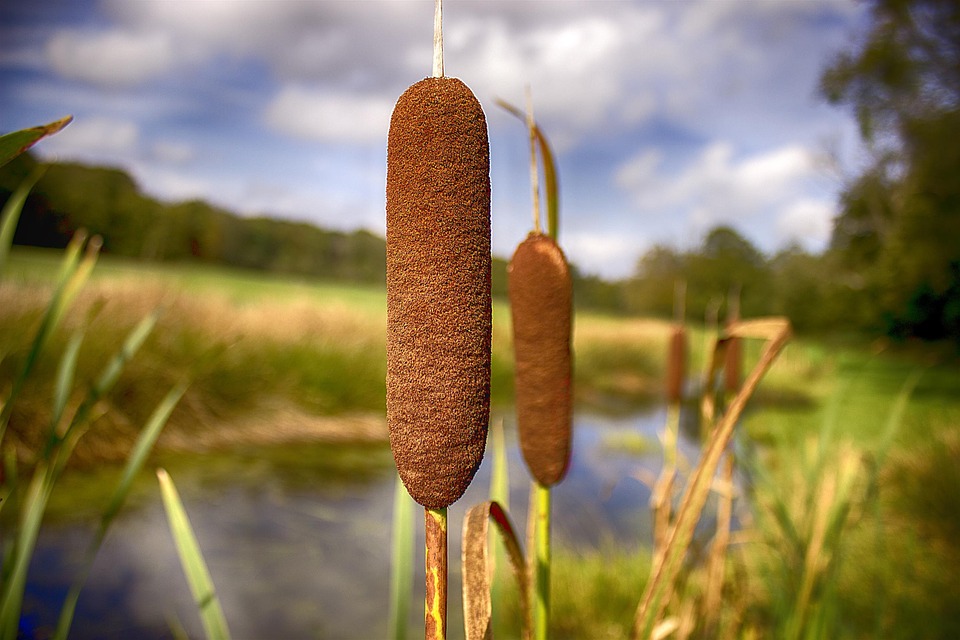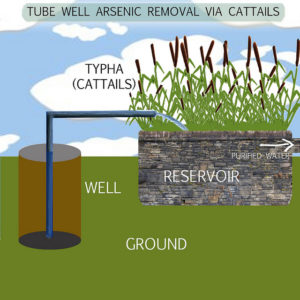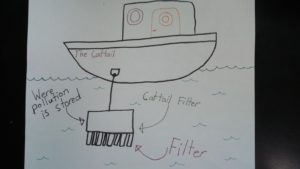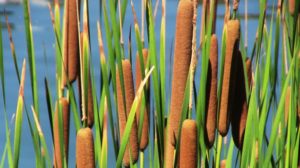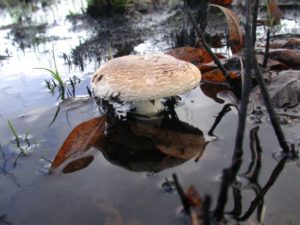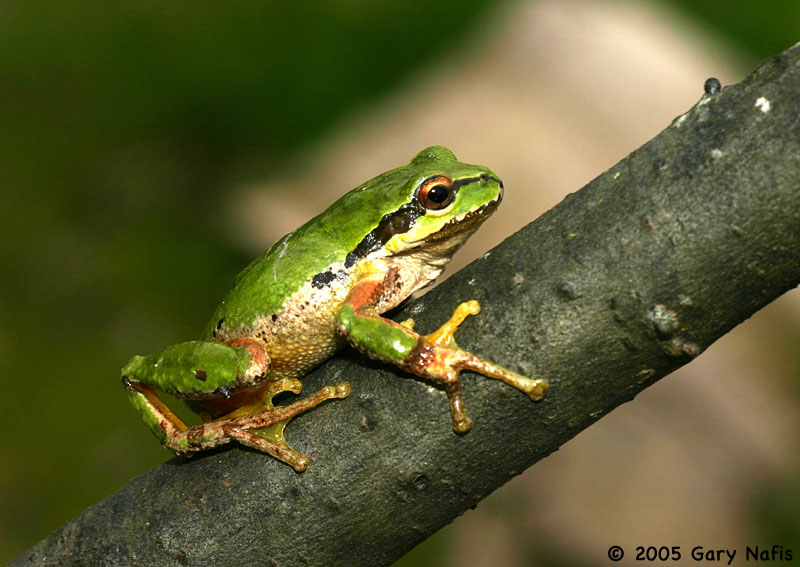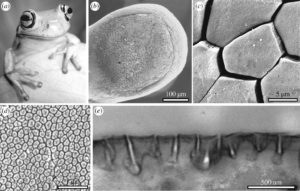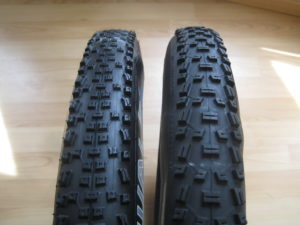Problem:
Carp are an invasive species that eat and reproduce at rapid rates, eventually destroying their habitats and everything in them. Humans are on track to do the same thing.
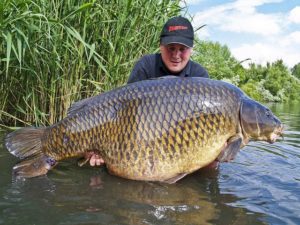
Bio-UN-mimicry Idea:
Don’t mimic a carp ! How can we as humans, an invasive species, use carp as a foreshadowing of what is to come? Processes such as commercial fishing, production farming, and food transportation take a tremendous toll on our environment, our habitat. If we do not change our methods of existence, we will destroy our habitat, just like carp. Balancing our sources of food is a simple and effective way to do this. To help on an individual basis, one could:
- Grow personal gardens
- Shop at local farmers markets
- Reduce intake of commercially fished, production grown, or lot grown meat
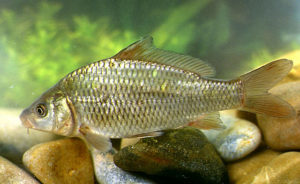
How do carp destroy themselves?
Carp eat everything. As an omnivorous species, they eat both plants and other wildlife. They reproduce at enormous rates. Carp shatter any food chain and ecosystem they invade. After they eventually eat all local species to extinction, they inevitably end up destroying all aquatic vegetation. Carp kill lakes, streams, and other habitats, rendering them nearly completely lifeless.
Here is an example of a problem that carp have made in another Oregon lake, Malheur Lake:
“Carp are an aggressive species that eat almost anything: fish eggs, insects, waterplants, seeds. They’ve stirred up so much sediment that sunlight can’t penetrate the water.
The fish can withstand extreme heat and cold, and can survive even with very poor water quality. A single adult female can produce a million eggs.
Now the shallow Malheur Lake is mostly brown, open water, free of the plants that provide food, shelter and nesting grounds for the birds. This has presented an environmental problem for decades that’s been incredibly hard to solve, Beck said.
“Carp are so hard to eradicate because they’re the perfect invasive species,” Beck said. “They’re kind of like the feral pig of the waterway.”
source: http://www.opb.org/news/article/turning-around-malheur-refuge-one-carp-carcass-at-/

